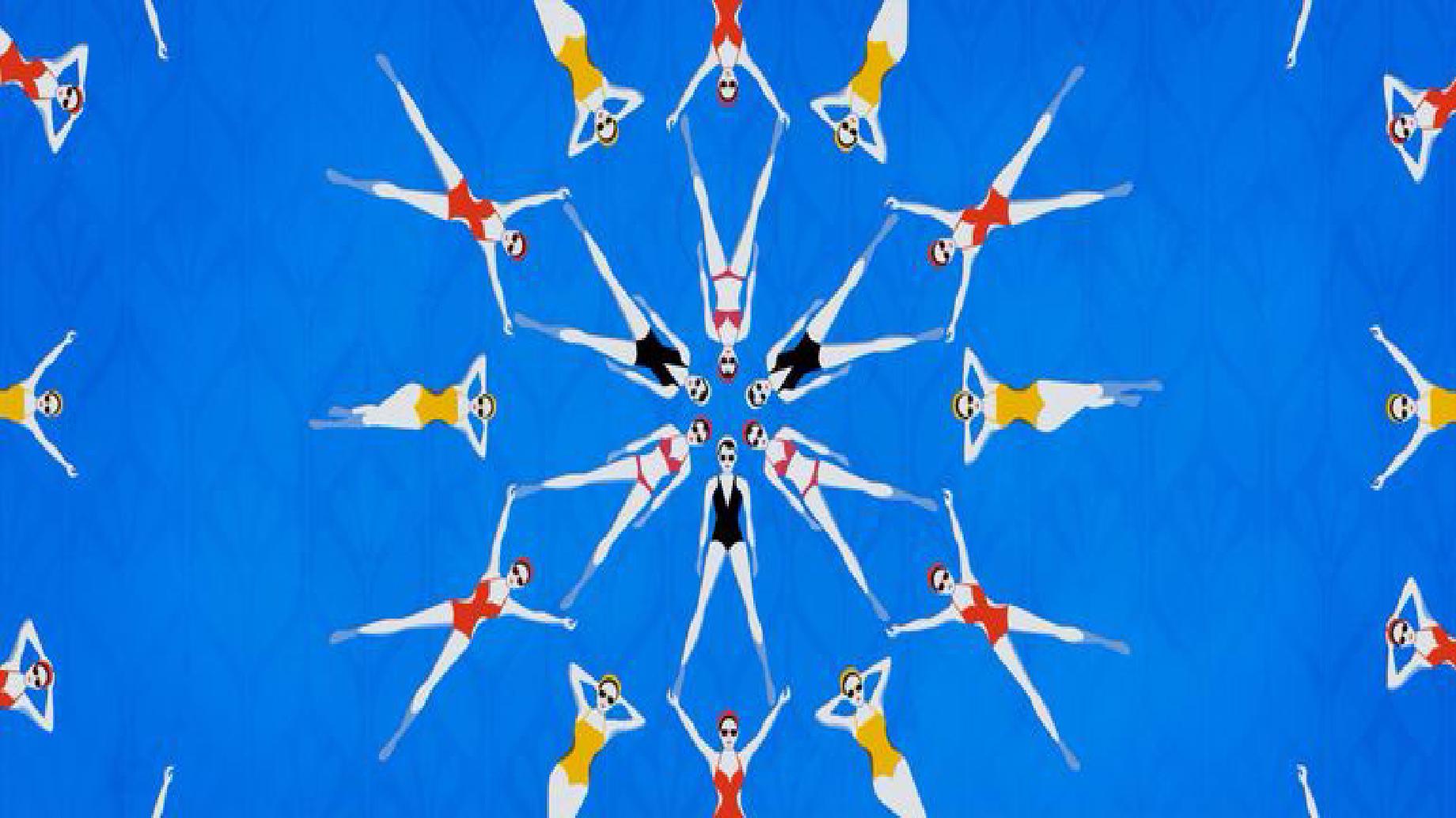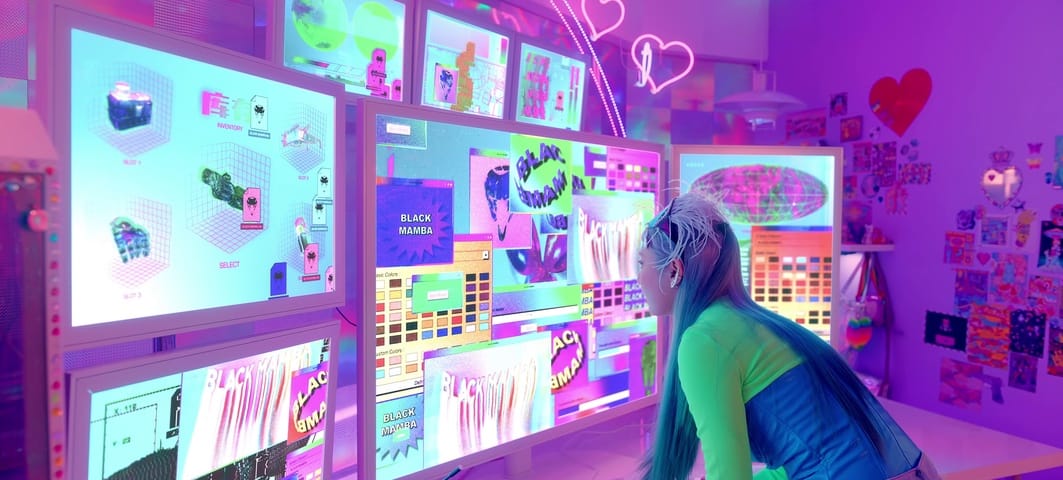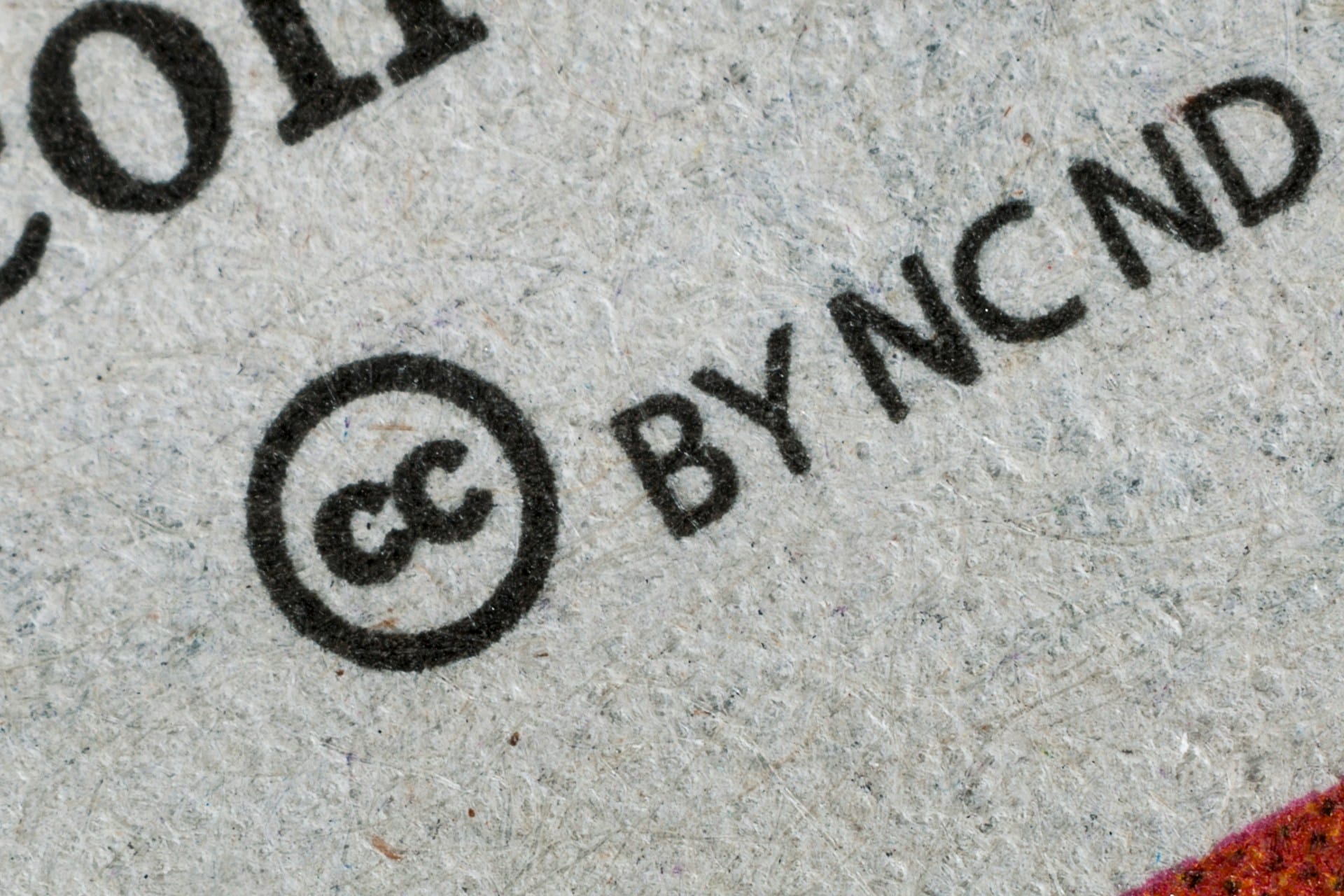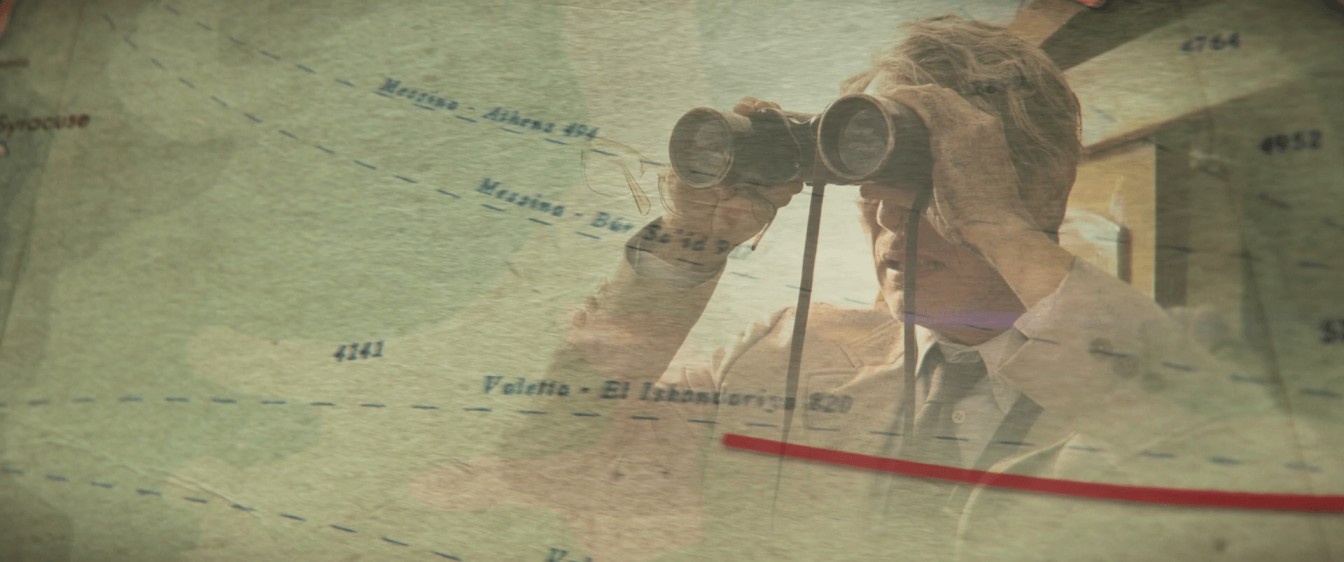Opinion
Synchronization: how Sync is reshaping the music industry

What is Music Synchronization (Sync)?
Definition of Music Synchronization
Music Synchronization, commonly referred to as “Sync”, involves the process of pairing music with visual content. This can include anything from films, TV shows, advertisements, video games, and even live events. When a specific track is synchronized with a visual medium, it means that the creators have obtained the necessary rights to use that piece of music in tandem with the visual element. The goal is to enhance the emotional impact of the visual content, creating a more immersive experience for the viewer. Sync deals have become an essential avenue for artists, not just for the exposure they provide but also as a significant source of revenue. As traditional income streams for musicians, like album sales, have dwindled in the digital age, sync opportunities have risen in prominence and profitability.
The History and Evolution of Sync
The concept of pairing music with visual elements is not new; it dates back to the silent film era, where live musicians would accompany films to enhance their emotional resonance. With the advent of “talkies” or films with sound, the need for synchronization grew. The 1920s saw the first official sync licenses, paving the way for the evolution of music in cinema.
Fast forward to the rise of television in the 1950s and 1960s, and sync took on new importance. Advertisers quickly realized the power of combining catchy jingles with their commercials, leading to an explosion in demand for sync licenses. As technology advanced, so did the opportunities for sync, with the video game industry in the 1990s and 2000s becoming a major player in the sync licensing world.
Today, with the surge in streaming platforms and digital content, the demand for music synchronization has skyrocketed. From viral trends on TikTok to binge-worthy series soundtracks, the evolution of sync reflects the ever-changing landscape of media consumption and the integral role music plays in shaping our visual experiences.

The Impact of Sync on Various Stakeholders
Artists and Musicians
Sync deals have emerged as a boon for artists and musicians, presenting a plethora of opportunities in today’s digital age. Securing a sync deal can significantly boost an artist’s exposure, helping them reach wider audiences and expand their fan base. This is especially true for emerging artists, where a single feature in a popular TV show or advertisement can catapult them into the limelight. Beyond exposure, sync deals also offer substantial financial benefits. Unlike the often meager earnings from streaming platforms, royalties from sync deals can be lucrative, providing artists with a more sustainable income. In essence, sync deals have become a pivotal aspect of an artist’s career, offering both visibility and financial stability.
Record Labels
For record labels, the world of sync has opened new avenues to enhance their brand value and recognition. By strategically placing their artists’ music in films, TV shows, or ads, labels can solidify their reputation as trendsetters in the industry. Additionally, with the decline in traditional music sales, sync provides an alternative revenue stream, ensuring the financial viability of labels. This diversification is crucial in an industry known for its volatility. Beyond the financial aspect, sync deals also foster collaborations between record labels and the film and advertising industries. These partnerships can lead to innovative projects, merging the realms of audio and visuals in captivating ways.
Music Publishers
Music publishers play an instrumental role in the sync ecosystem. They act as the bridge, facilitating connections between artists and media producers looking for the perfect track for their content. Their expertise ensures that artists’ music reaches the right ears, maximizing opportunities for sync deals. Beyond matchmaking, publishers are also responsible for managing the rights of musical pieces. They ensure that artists are fairly compensated for their work, navigating the complex world of music licensing. This includes negotiating licensing agreements, ensuring that all parties involved understand the terms and are satisfied with the deal. In essence, publishers safeguard the interests of artists, ensuring that their music is not just heard but also respected and adequately compensated for.

Copyrights in Music Synchronization
Types of Copyrights Involved
Within the realm of music synchronization, understanding copyrights is paramount. There are primarily four types of copyrights that stakeholders must be cognizant of:
- Mechanical rights pertain to the reproduction of songs in physical or digital formats, like CDs or streaming platforms.
- Performance rights are concerned with the public performance of music, be it via radio, in a restaurant, or at a concert.
- Synchronization rights, specific to our discussion, grant permission to synchronize a song with visual media, such as films, TV shows, or commercials.
- Master rights belong to the owner of the original recording, typically the record label. This right grants permission to use a specific recording of a song in visual media.
Together, these rights form the foundation of music licensing, ensuring artists, composers, and record labels are fairly compensated for their work and creativity.
Navigating the Complex Landscape of Music Licensing
Navigating the intricate world of music licensing can be daunting, making understanding licensing agreements crucial. These agreements stipulate how a song can be used, the duration of its use, the territories covered, and the compensation for the stakeholders involved. Without a clear comprehension, stakeholders risk infringing upon rights, leading to potential legal battles and financial penalties. Therefore, it’s essential to be meticulous in understanding and adhering to licensing terms. To mitigate potential legal pitfalls, it’s advisable to consult with music licensing professionals or legal experts in the field. They can provide insights into the nuances of agreements, ensuring that all parties involved are protected and fairly compensated. In essence, a proactive and informed approach to music licensing can prevent costly oversights and foster successful sync collaborations.

Current Tools and Technologies for Music Synchronization
Tools for Artists and Musicians
The digital age offers artists and musicians a plethora of tools to optimize their sync opportunities. There are now platforms tailored to showcasing music to potential licensors, allowing artists to reach producers, filmmakers, and advertisers directly. Such platforms can significantly enhance visibility, especially for emerging talents. Moreover, with the increasing complexity of royalty structures, artists now have access to royalty tracking and collection tools. These platforms automate the process of monitoring where a song is played and ensure that artists receive the rightful earnings from their sync deals. By leveraging these tools, artists can navigate the sync landscape more efficiently, maximizing their opportunities and earnings.
Solutions for Record Labels
For record labels, technological advancements have ushered in an era of streamlined operations. Digital libraries have become essential, allowing labels to manage vast catalogs efficiently. With easy access and organization, they can promptly provide potential licensors with relevant tracks. Furthermore, analytics tools are now available to track sync performance. These tools offer insights into which tracks are getting traction, where they’re being played, and the revenues they’re generating. Such data-driven approaches empower record labels to make informed decisions, optimizing their sync strategies.

Tools for Music Publishers
Music publishers, the intermediaries between artists and licensors, have their set of specialized tools. Licensing management software is now integral, streamlining the complex process of managing rights, tracking licenses, and ensuring timely payments. Additionally, platforms dedicated to connecting publishers with media producers have emerged. These platforms foster collaborations, ensuring that the right track finds its perfect visual counterpart. With these tools at their disposal, publishers can efficiently bridge the gap between artists and the world of visual media.
Key Takeaways: The Future of Sync in Music
The landscape of music synchronization is evolving rapidly, driven by technological advancements and changing media consumption patterns. Tools and platforms are continually emerging, making the process more efficient and lucrative for all stakeholders. As the lines between audio and visual blur further, sync will play an even more pivotal role in shaping our entertainment experiences. For artists, labels, and publishers, staying abreast of these changes and leveraging the right tools will be the key to success in this dynamic domain. The future of sync promises more collaborations, innovations, and opportunities, heralding a golden era for music in visual media.
